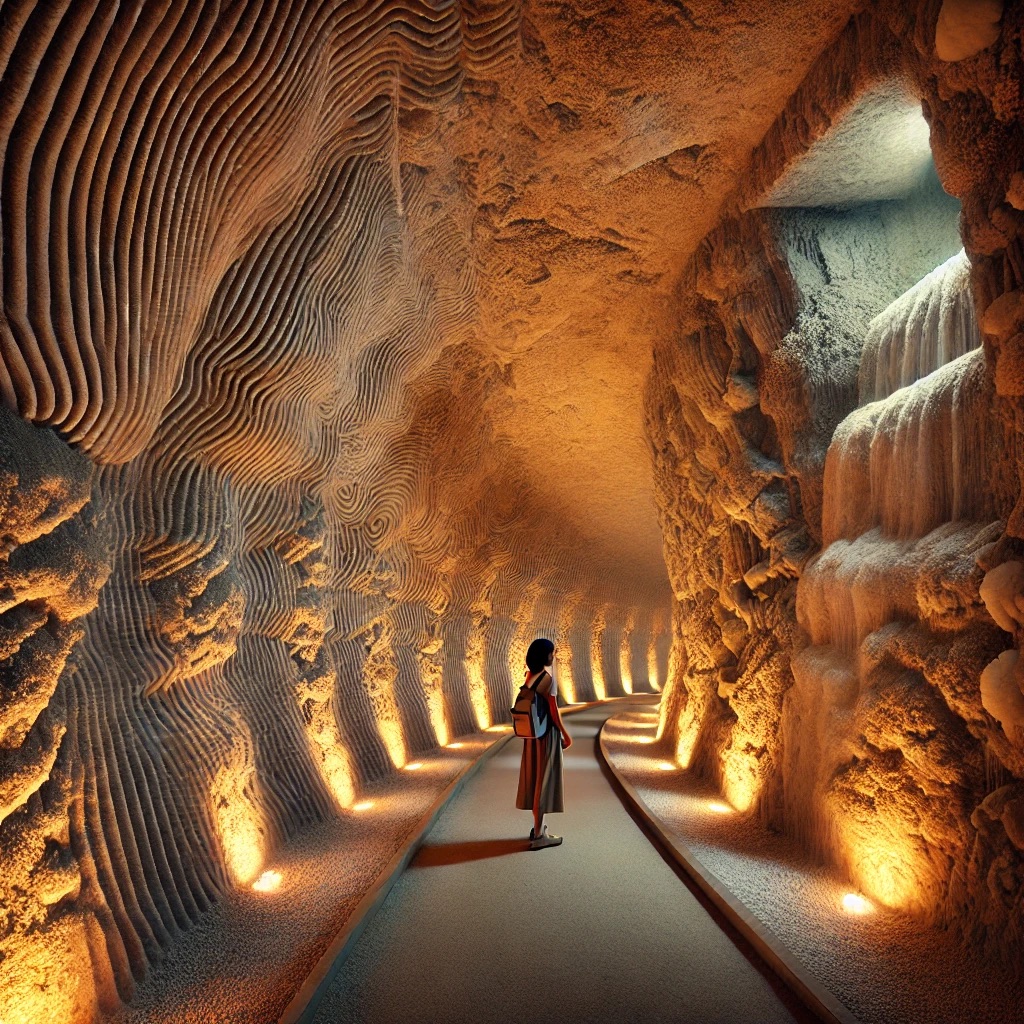ChatGPT:
The Tuz Mağaraları, or Salt Caves, are a remarkable natural attraction located in the Tuzluca district of Iğdır Province, near Turkey’s border with Armenia. Covering an area of approximately 55 hectares, these caves have been a significant source of salt since ancient times, with evidence suggesting usage dating back to the Hittite period. (Kültürportali)
The salt deposits within the caves are estimated to have formed between 24 and 37 million years ago, creating extensive tunnels and chambers adorned with glistening salt crystals. These formations not only offer a visual spectacle but also contribute to the caves’ therapeutic environment. The air inside is rich in salt particles, which are believed to benefit individuals with respiratory conditions, making the caves a popular destination for health tourism. (Gezilmesi Gereken Yerler)
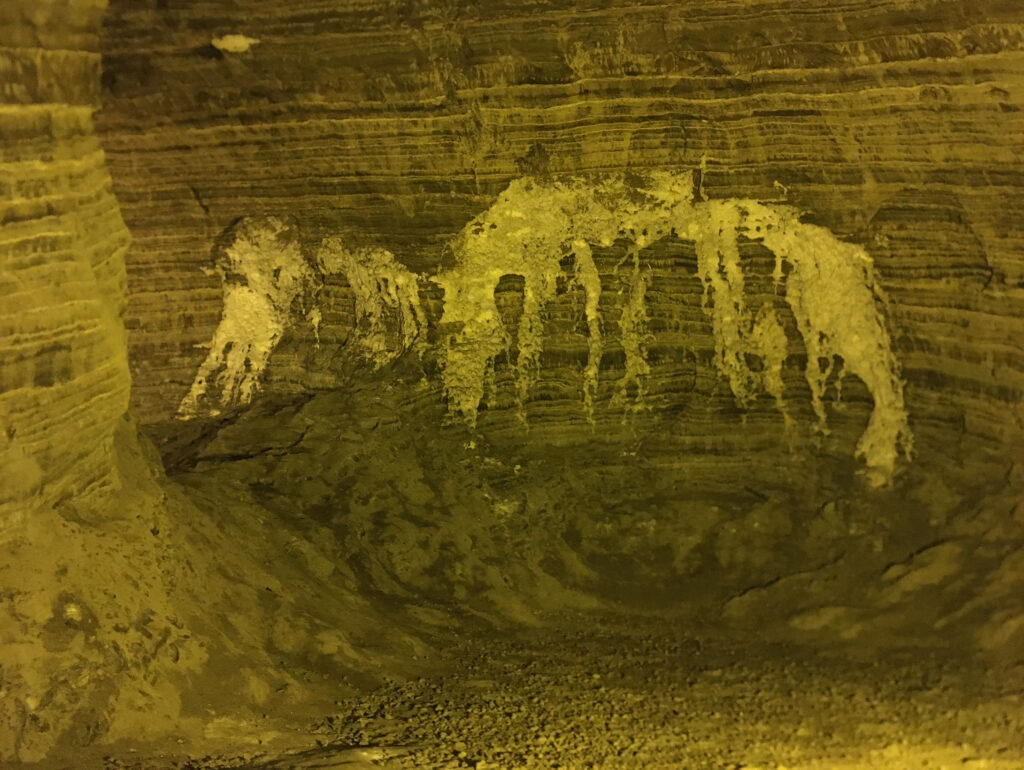
In recent years, efforts have been made to enhance the site’s appeal to visitors. Improvements such as lighting installations, environmental landscaping, and the development of social areas have transformed the caves into a notable tourist destination. Additionally, a Salt Therapy Center has been established within the caves, aiming to serve both domestic and international tourists seeking health benefits. (Gezilmesi Gereken Yerler)
For those interested in visiting, the Tuz Mağaraları are open daily from 8:30 AM to 5:00 PM, with an entrance fee of 20 Turkish Lira per person. The caves are easily accessible from the Iğdır city center, located approximately 38 kilometers away. Visitors can reach Tuzluca by private vehicle or by taking buses that depart regularly from the Iğdır bus terminal, with a travel time of about 30 minutes. (Gezilmesi Gereken Yerler)
The Tuz Mağaraları offer a unique blend of natural beauty, historical significance, and health benefits, making them a must-visit destination for travelers exploring the Iğdır region.
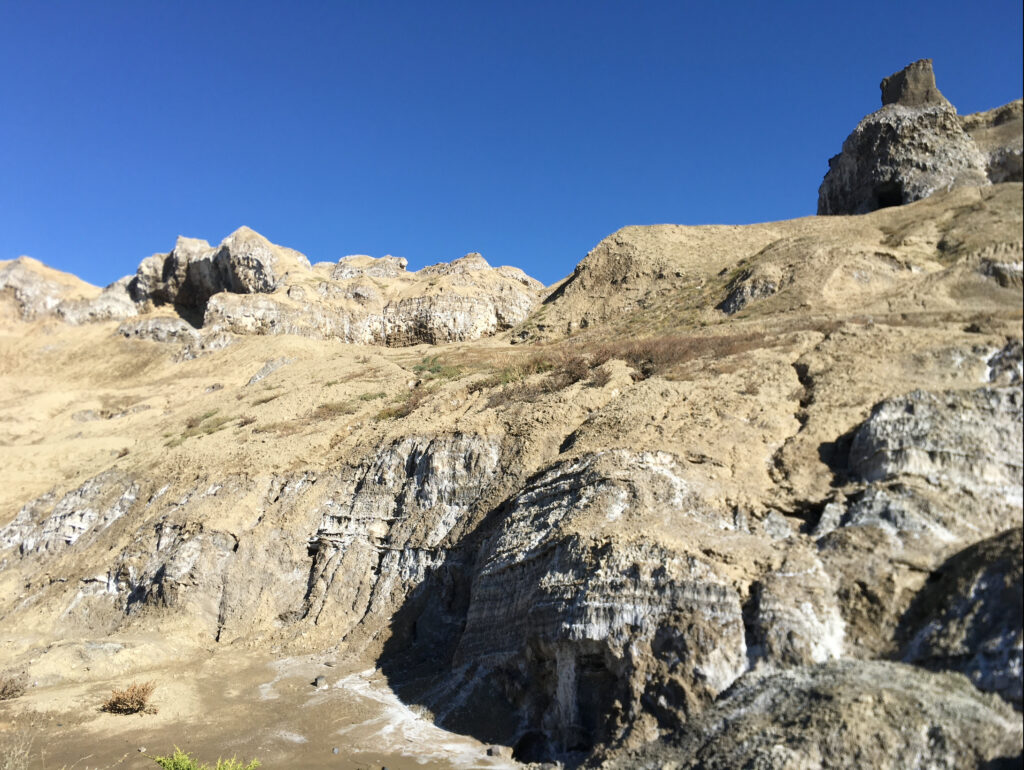
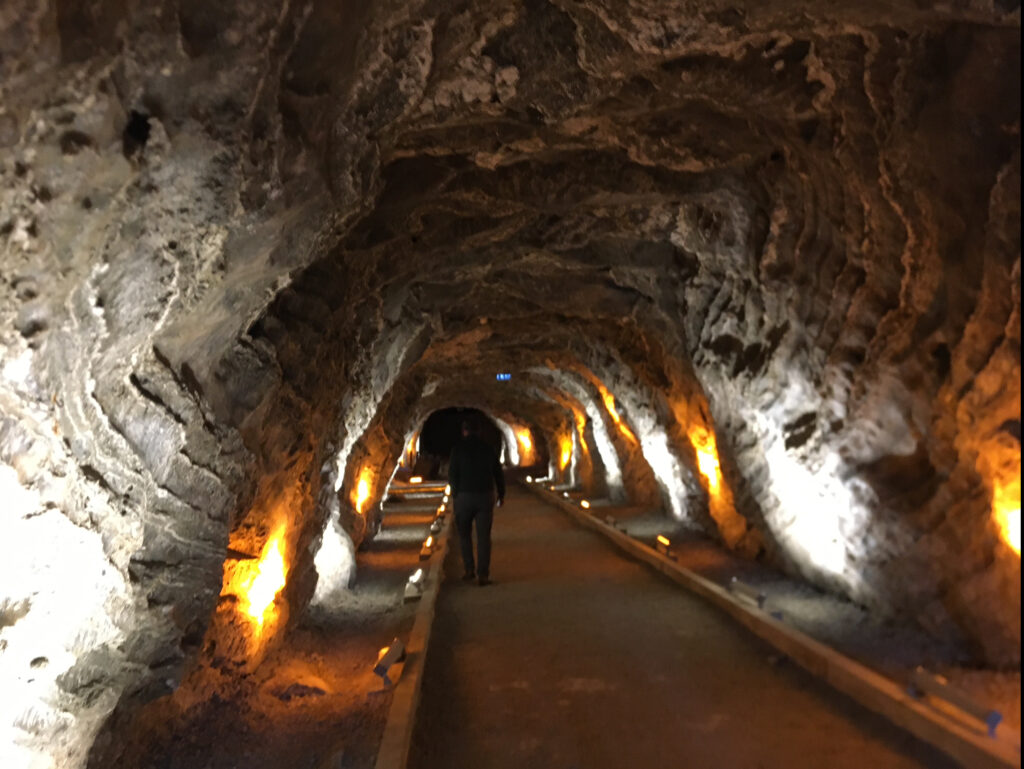
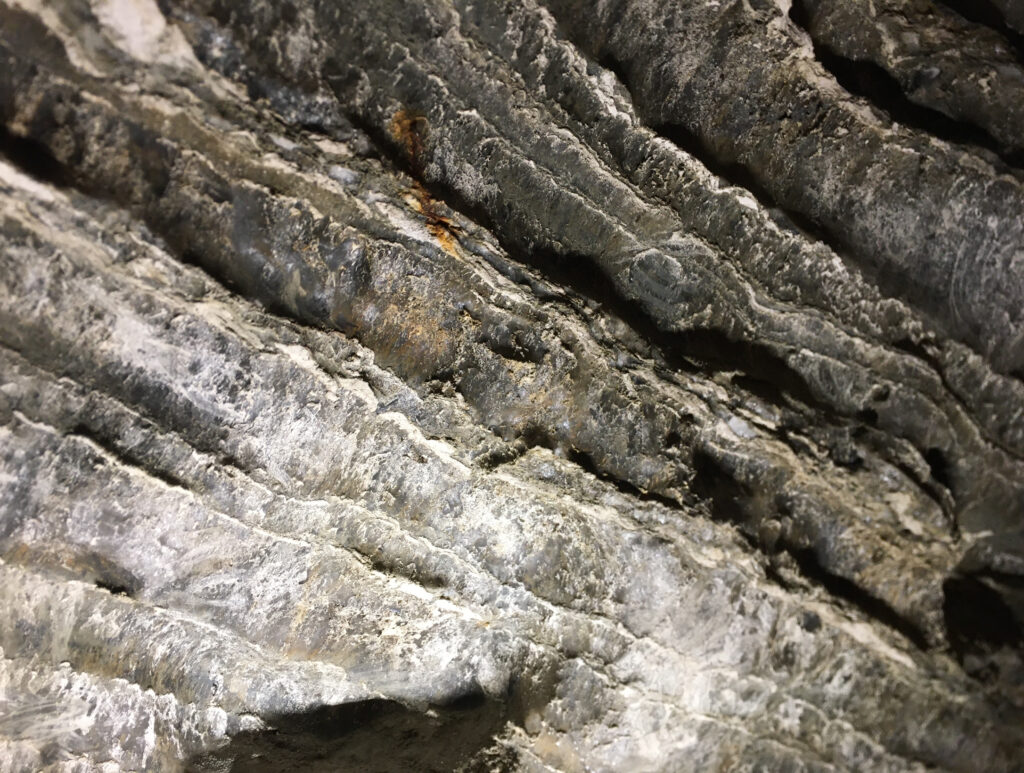
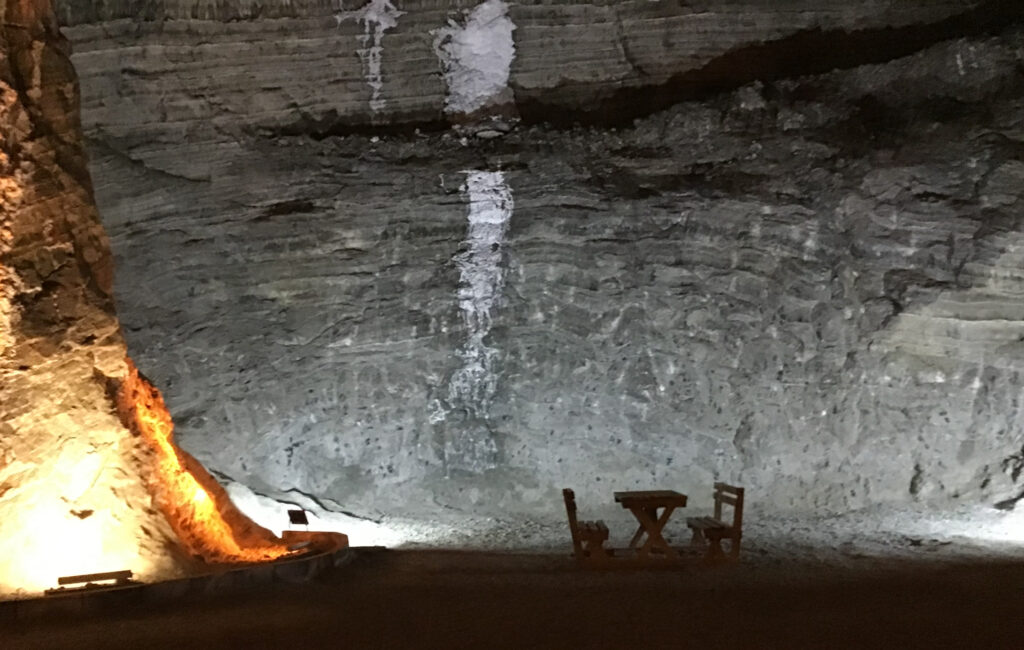
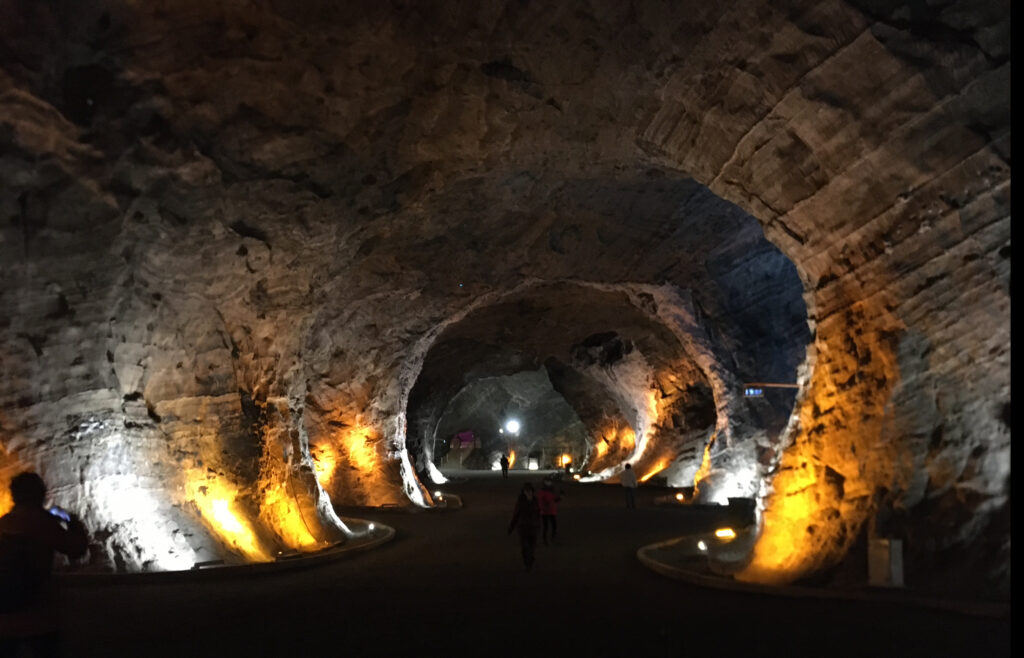
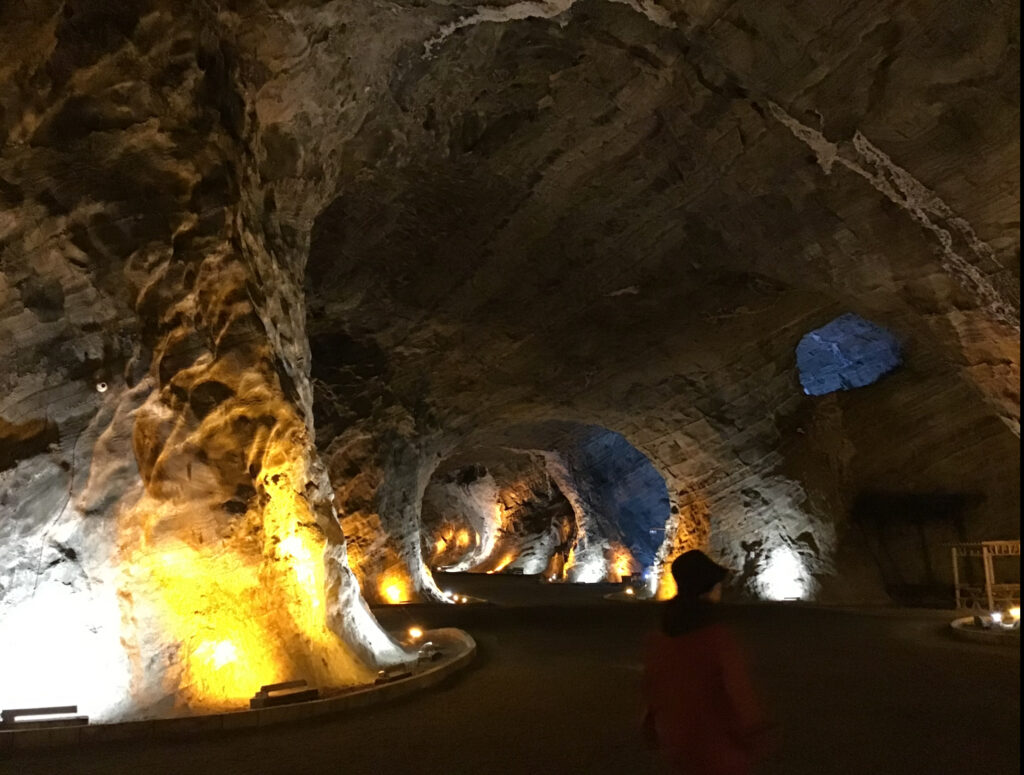
The Tuzluca Salt Caves in Turkey remain active in salt production. These caves have been a significant source of salt since medieval times and continue to supply salt to various regions. While parts of the caves are open to the public for tourism and therapeutic purposes, other sections are still operational for salt extraction. Visitors can observe the mining process, as trucks transport salt from the active parts of the mine to supply dinner tables across Turkey. (Atlas Obscura)
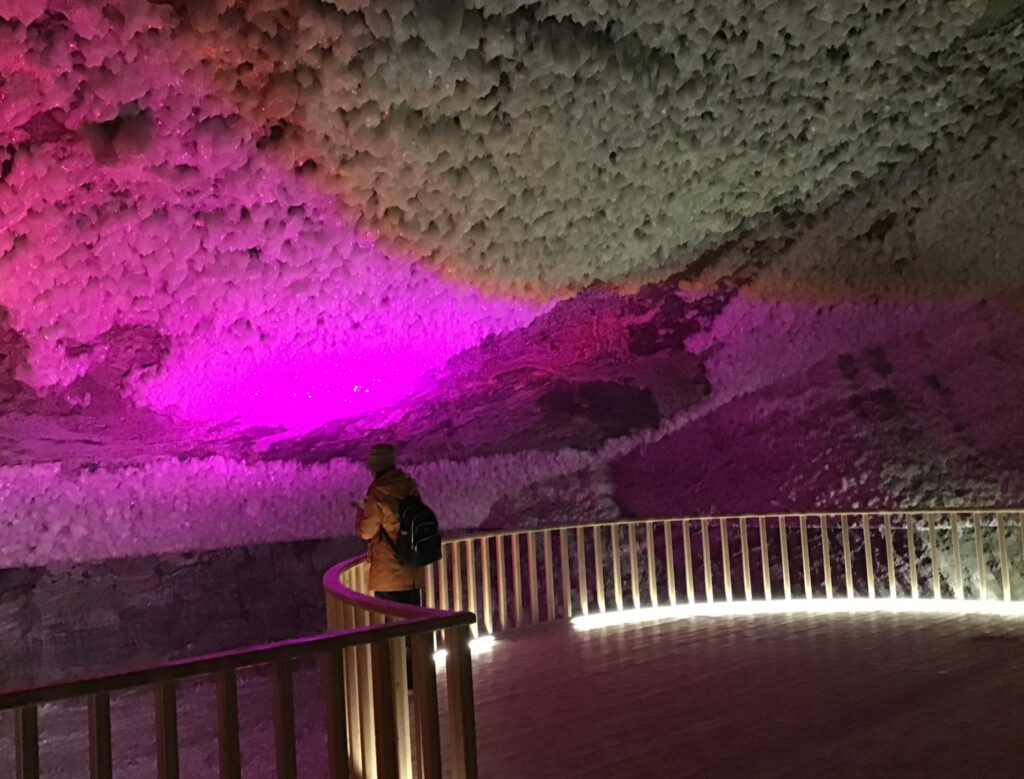
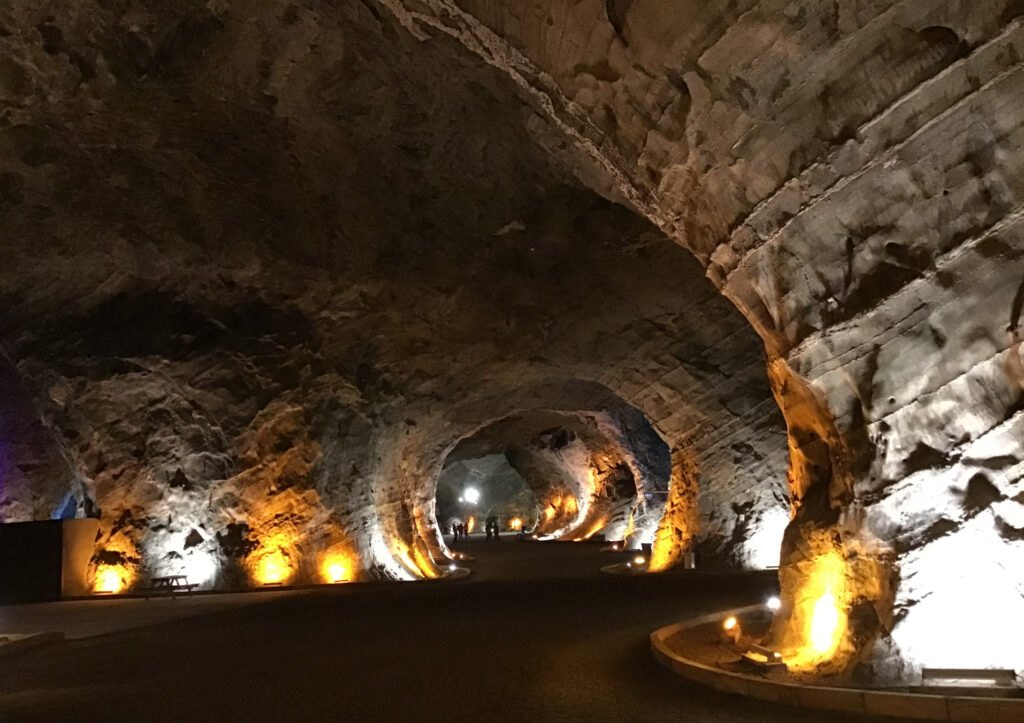
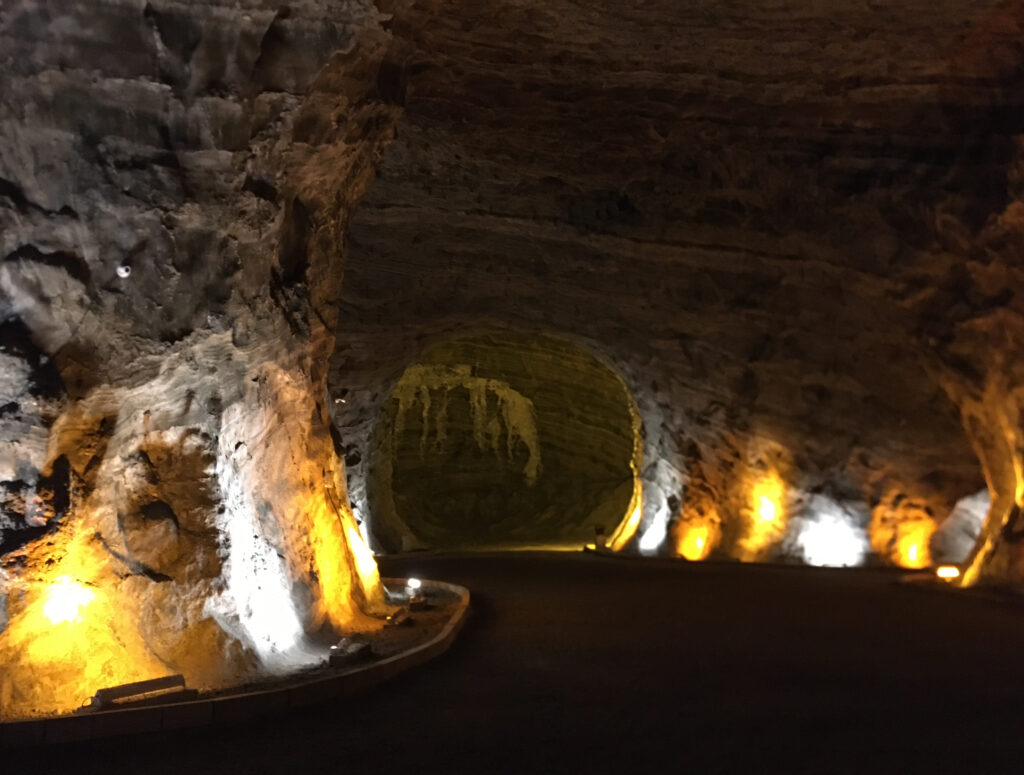
The air in the Tuzluca Salt Caves is believed to have therapeutic benefits, particularly for respiratory health. The benefits come from the high concentration of salt particles and negative ions in the cave air, which may help:
1. Respiratory Relief: Salt-rich air is thought to alleviate symptoms of asthma, bronchitis, and chronic obstructive pulmonary disease (COPD). The fine salt particles can reach deep into the respiratory system, helping to reduce inflammation and clear mucus.
2. Improved Allergy Symptoms: Exposure to salt air may benefit people with allergies by reducing nasal congestion and other allergy symptoms.
3. Better Skin Health: Some visitors report improvements in skin conditions such as eczema and psoriasis, possibly due to the anti-inflammatory effects of salt.
4. Relaxation and Stress Reduction: The calm, mineral-rich environment may promote relaxation and improve mental well-being, potentially helping with stress and sleep.
These benefits align with a practice known as “halotherapy” or “salt therapy,” where people breathe in salt air for therapeutic effects. While some studies suggest positive outcomes, further scientific research is ongoing to solidify these claims.
